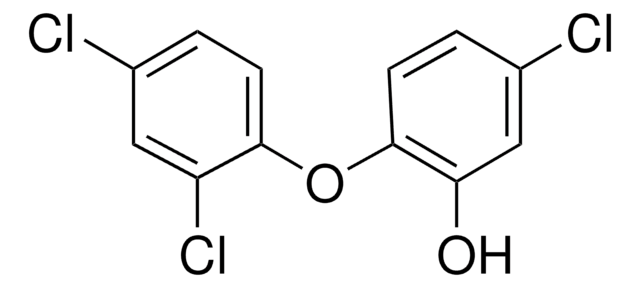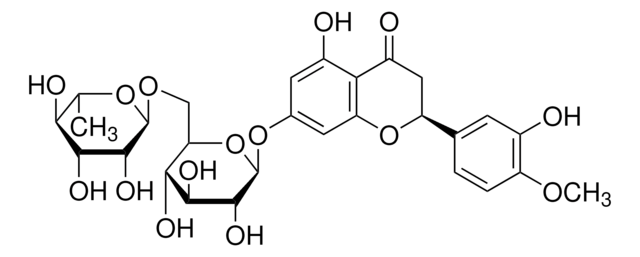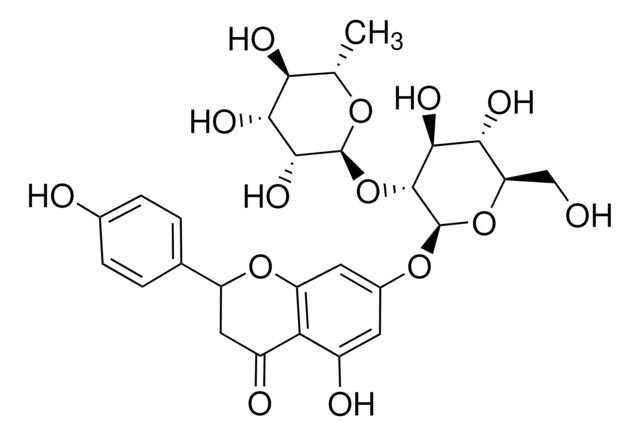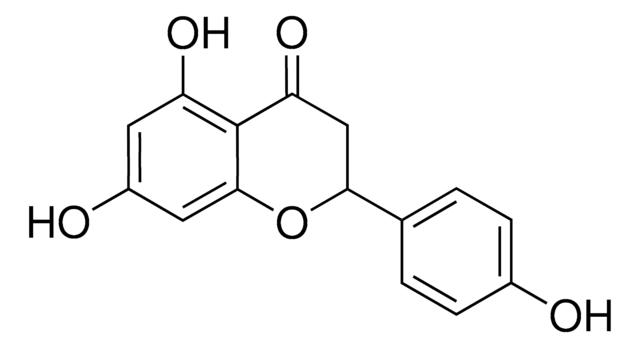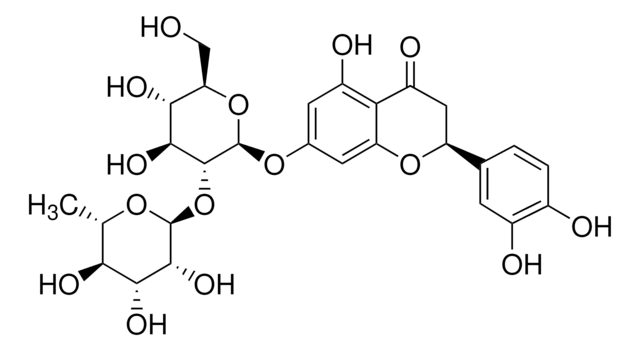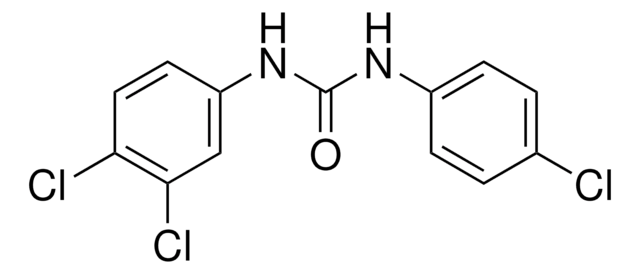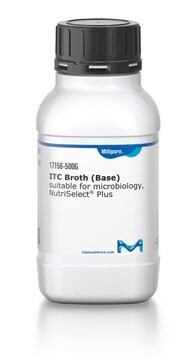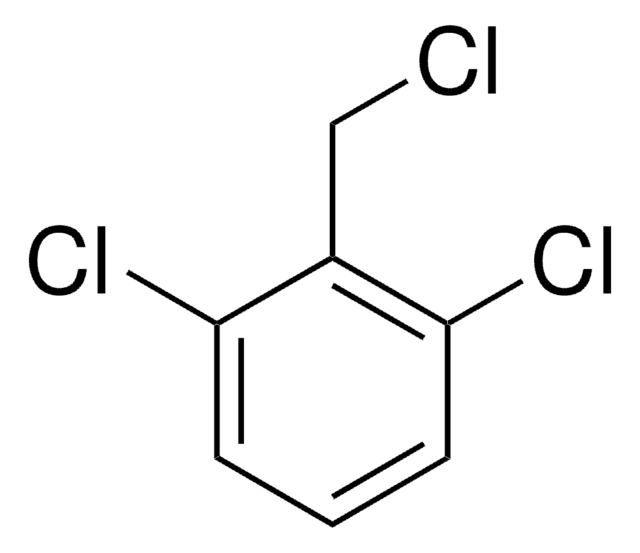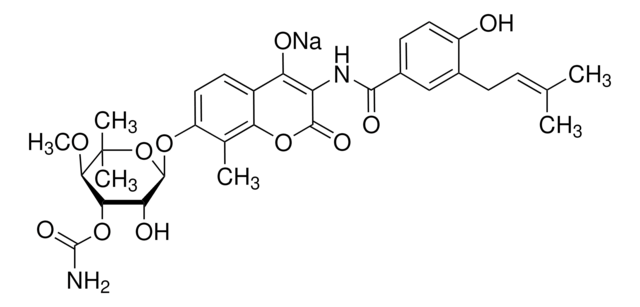72779
Triclosan
97.0-103.0% (active substance, GC)
Sinónimos:
Triclosan, 5-Chloro-2-(2,4-dichlorophenoxy)phenol, Irgasan
About This Item
Productos recomendados
origen biológico
synthetic
Nivel de calidad
Ensayo
97.0-103.0% (active substance, GC)
Formulario
powder or crystals
impurezas
≤0.1% Water (Karl Fischer)
color
white
mp
55-59 °C
solubilidad
1 M NaOH: 5% at 25 °C, faintly turbid to clear (colorless solution)
espectro de actividad antibiótica
fungi
Modo de acción
enzyme | inhibits
cadena SMILES
Oc1cc(Cl)ccc1Oc2ccc(Cl)cc2Cl
InChI
1S/C12H7Cl3O2/c13-7-1-3-11(9(15)5-7)17-12-4-2-8(14)6-10(12)16/h1-6,16H
Clave InChI
XEFQLINVKFYRCS-UHFFFAOYSA-N
¿Está buscando productos similares? Visita Guía de comparación de productos
Descripción general
Aplicación
Acciones bioquímicas o fisiológicas
Otras notas
Palabra de señalización
Warning
Frases de peligro
Consejos de prudencia
Clasificaciones de peligro
Aquatic Acute 1 - Aquatic Chronic 1 - Eye Irrit. 2 - Skin Irrit. 2
Código de clase de almacenamiento
11 - Combustible Solids
Clase de riesgo para el agua (WGK)
WGK 2
Punto de inflamabilidad (°F)
Not applicable
Punto de inflamabilidad (°C)
Not applicable
Equipo de protección personal
dust mask type N95 (US), Eyeshields, Gloves
Elija entre una de las versiones más recientes:
¿Ya tiene este producto?
Encuentre la documentación para los productos que ha comprado recientemente en la Biblioteca de documentos.
Los clientes también vieron
Artículos
Information on fatty acid synthesis and metabolism in cancer cells. Learn how proliferatively active cells require fatty acids for functions such as membrane generation, protein modification, and bioenergetic requirements. These fatty acids are derived either from dietary sources or are synthesized by the cell.
Nuestro equipo de científicos tiene experiencia en todas las áreas de investigación: Ciencias de la vida, Ciencia de los materiales, Síntesis química, Cromatografía, Analítica y muchas otras.
Póngase en contacto con el Servicio técnico